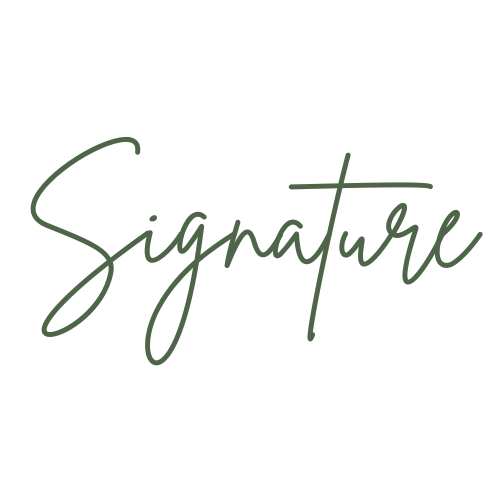The ROI on Art Authentication: Is It Worth It?
Is art authentication really worth the cost? Authentication isn’t just about proving something is real—it boosts market credibility, enhances resale value, and prevents legal headaches. The key is knowing when authentication makes sense and when it doesn’t.
Lost, Stolen, or Hidden: The World’s Greatest Missing Masterpieces
Some of history’s greatest masterpieces have vanished without a trace—stolen in daring heists, lost in wartime chaos, or hidden away in secret collections. From Caravaggio’s Nativity, rumored to be destroyed by the Mafia, to Vermeer’s The Concert, missing since the infamous Isabella Stewart Gardner Museum heist, these artworks are worth hundreds of millions—if they still exist.
The Certificate of Authenticity (COA) Scam: What Collectors Need to Know
Most collectors assume that a COA is the gold standard of authentication—but in reality, most are worthless pieces of paper that hold no legal weight and are outright ignored by top auction houses. The truth? Only a select few individuals or organizations have the right to issue them, and many artist foundations have stopped altogether. So, if a COA doesn’t prove authenticity, what does?
If Famous Artists Were Alive Today, What Would They Create?
What if Van Gogh had an Instagram account or Picasso embraced NFTs? If history’s greatest artists were alive today, they wouldn’t be stuck in the past—they’d be pushing the boundaries of digital art, AI, and social media. This article reimagines what legendary artists like Frida Kahlo, Monet, and Dalí might create in the modern world
Forgeries That Fooled the Experts—And What We Can Learn From Them
True Crime, But Make It Art: The Forgeries That Fooled the World. Some of history’s most infamous art forgers have scammed museums, auction houses, and even Nazi leaders—selling fakes worth millions. These master cons reveal just how easy it is to be deceived. Think you’d never fall for a forgery? These cases might make you think again.
The Truth About Scientific Analysis in Art Authentication: What It Can (and Can’t) Prove
Think a lab test can instantly prove your artwork is real? Think again. While scientific analysis can expose forgeries—like modern pigments in a “centuries-old” painting—it can’t necessarily confirm an artist’s hand. That’s why at Signature, we start with comparative analysis and provenance research before turning to scientific analysis.
How to Spot a Fake: 10 Telltale Signs Your Artwork Might Be a Forgery
Think You Own a Masterpiece? Take a closer look. In this guide, we’ll uncover 10 telltale signs your artwork might be a fake—and how expert art authentication services can help you separate the real deal from a convincing con.
Our Thoughts on Elimar: The $50 Garage Sale 'Van Gogh' at the Center of a Heated Controversy
A $50 garage sale find or a lost van Gogh worth $15 million? The painting Elimar has sparked a heated debate, with LMI Group pushing for recognition while the Van Gogh Museum and independent experts reject the claim. Weighing in on the debate, we explain why we find the case from LMI deeply unconvincing.
Can AI Really Authenticate Art? The Challenges and Future of AI in Detecting Forgeries
As AI technology advances, its potential in art authentication is gaining attention. AI-driven tools claim to detect forgeries by analyzing brushstrokes, color patterns, and artistic styles—but how reliable are they?
$9.8 million for the painting that launched Bob Ross’ career? Not a just a ‘happy little accident,’ according to our director
Director Lindsey Bourret was recently asked to comment in a story by Artnet News about the unprecedented asking price of $9.8 million for the first painting that cult favorite, Bob Ross, painted on his PBS television show.










